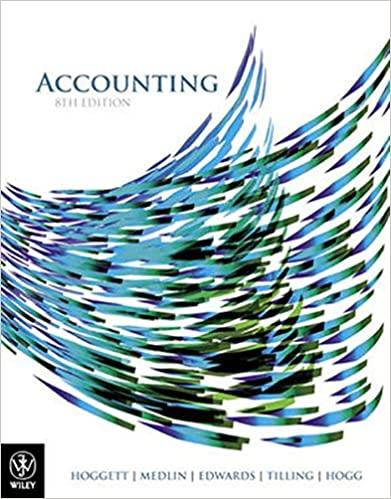Question
On January 1, Year 2, PAT Ltd. acquired 90% of SAT Inc. when SATs retained earnings were $1,700,000. There was no acquisition differential. PAT accounts
On January 1, Year 2, PAT Ltd. acquired 90% of SAT Inc. when SATs retained earnings were $1,700,000. There was no acquisition differential. PAT accounts for its investment under the cost method. SAT sells inventory to PAT on a regular basis at a markup of 30% of selling price. The intercompany sales were $230,000 in Year 2 and $260,000 in Year 3. The total amount owing by PAT related to these intercompany sales was $130,000 at the end of Year 2 and $120,000 at the end of Year 3. On January 1, Year 3, the inventory of PAT contained goods purchased from SAT amounting to $140,000, while the December 31, Year 3, inventory contained goods purchased from SAT amounting to $150,000. Both companies pay income tax at the rate of 40%.
Selected account balances from the records of PAT and SAT for the year ended December 31, Year 3, were as follows:
| PAT | SAT | ||||
| Inventory | $ | 580,000 | $ | 1,100,000 | |
| Accounts payable | 1,400,000 | 1,120,000 | |||
| Retained earnings, beginning of year | 3,200,000 | 1,900,000 | |||
| Sales | 4,800,000 | 3,300,000 | |||
| Cost of sales | 3,900,000 | 2,500,000 | |||
| Income tax expense | 280,000 | 50,000 | |||
Required:
(a) Determine the amount to report on the Year 3 consolidated financial statements for the selected accounts noted above.
Step by Step Solution
There are 3 Steps involved in it
Step: 1

Get Instant Access to Expert-Tailored Solutions
See step-by-step solutions with expert insights and AI powered tools for academic success
Step: 2

Step: 3

Ace Your Homework with AI
Get the answers you need in no time with our AI-driven, step-by-step assistance
Get Started


